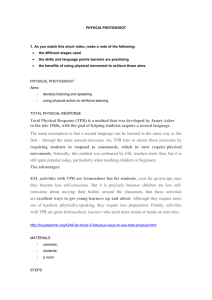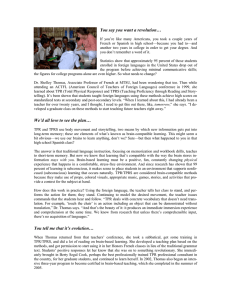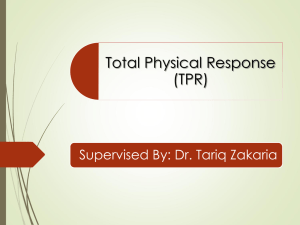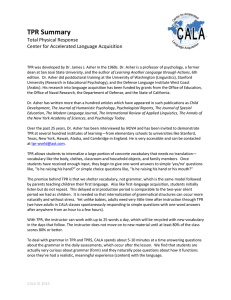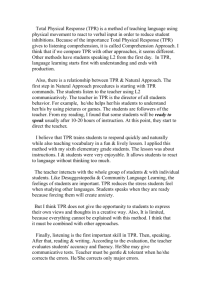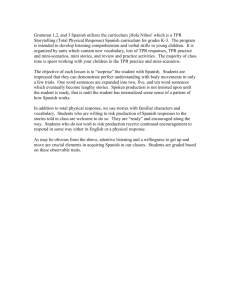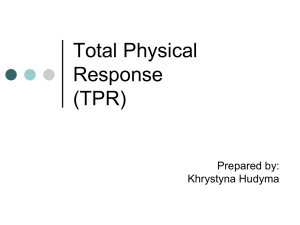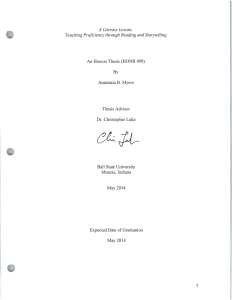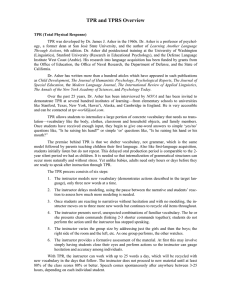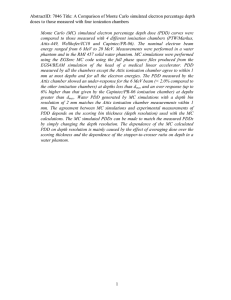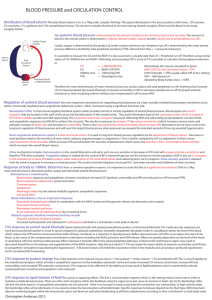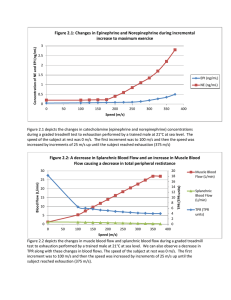Purpose: To examine the accuracy of different methods of converting
advertisement
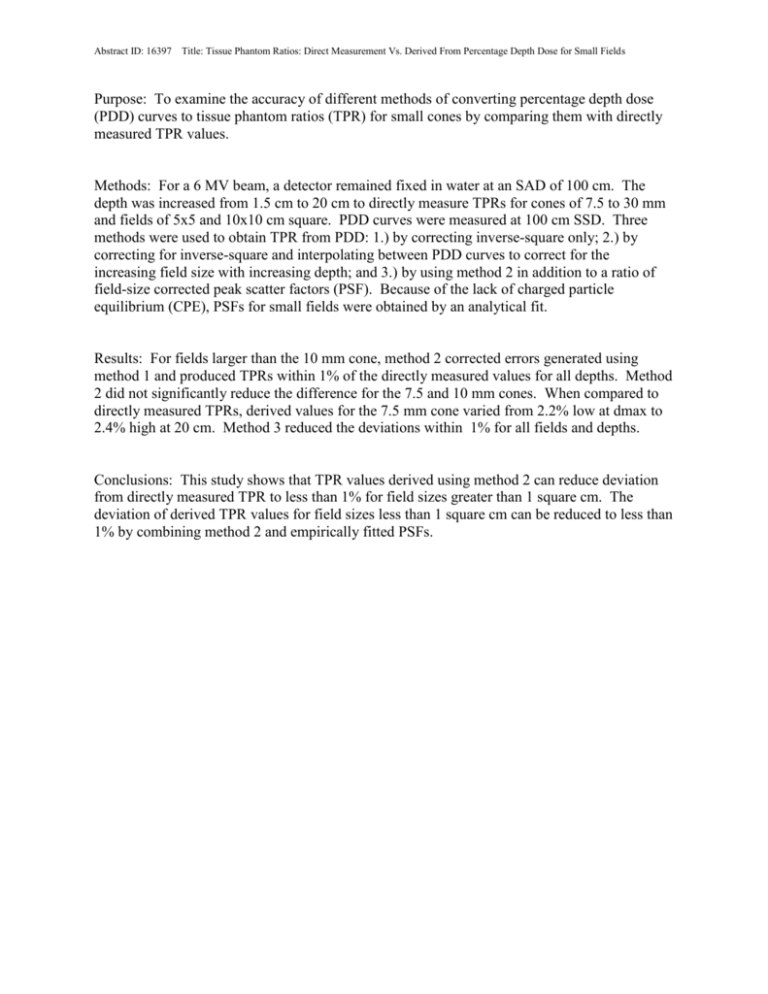
Abstract ID: 16397 Title: Tissue Phantom Ratios: Direct Measurement Vs. Derived From Percentage Depth Dose for Small Fields Purpose: To examine the accuracy of different methods of converting percentage depth dose (PDD) curves to tissue phantom ratios (TPR) for small cones by comparing them with directly measured TPR values. Methods: For a 6 MV beam, a detector remained fixed in water at an SAD of 100 cm. The depth was increased from 1.5 cm to 20 cm to directly measure TPRs for cones of 7.5 to 30 mm and fields of 5x5 and 10x10 cm square. PDD curves were measured at 100 cm SSD. Three methods were used to obtain TPR from PDD: 1.) by correcting inverse-square only; 2.) by correcting for inverse-square and interpolating between PDD curves to correct for the increasing field size with increasing depth; and 3.) by using method 2 in addition to a ratio of field-size corrected peak scatter factors (PSF). Because of the lack of charged particle equilibrium (CPE), PSFs for small fields were obtained by an analytical fit. Results: For fields larger than the 10 mm cone, method 2 corrected errors generated using method 1 and produced TPRs within 1% of the directly measured values for all depths. Method 2 did not significantly reduce the difference for the 7.5 and 10 mm cones. When compared to directly measured TPRs, derived values for the 7.5 mm cone varied from 2.2% low at dmax to 2.4% high at 20 cm. Method 3 reduced the deviations within 1% for all fields and depths. Conclusions: This study shows that TPR values derived using method 2 can reduce deviation from directly measured TPR to less than 1% for field sizes greater than 1 square cm. The deviation of derived TPR values for field sizes less than 1 square cm can be reduced to less than 1% by combining method 2 and empirically fitted PSFs.
